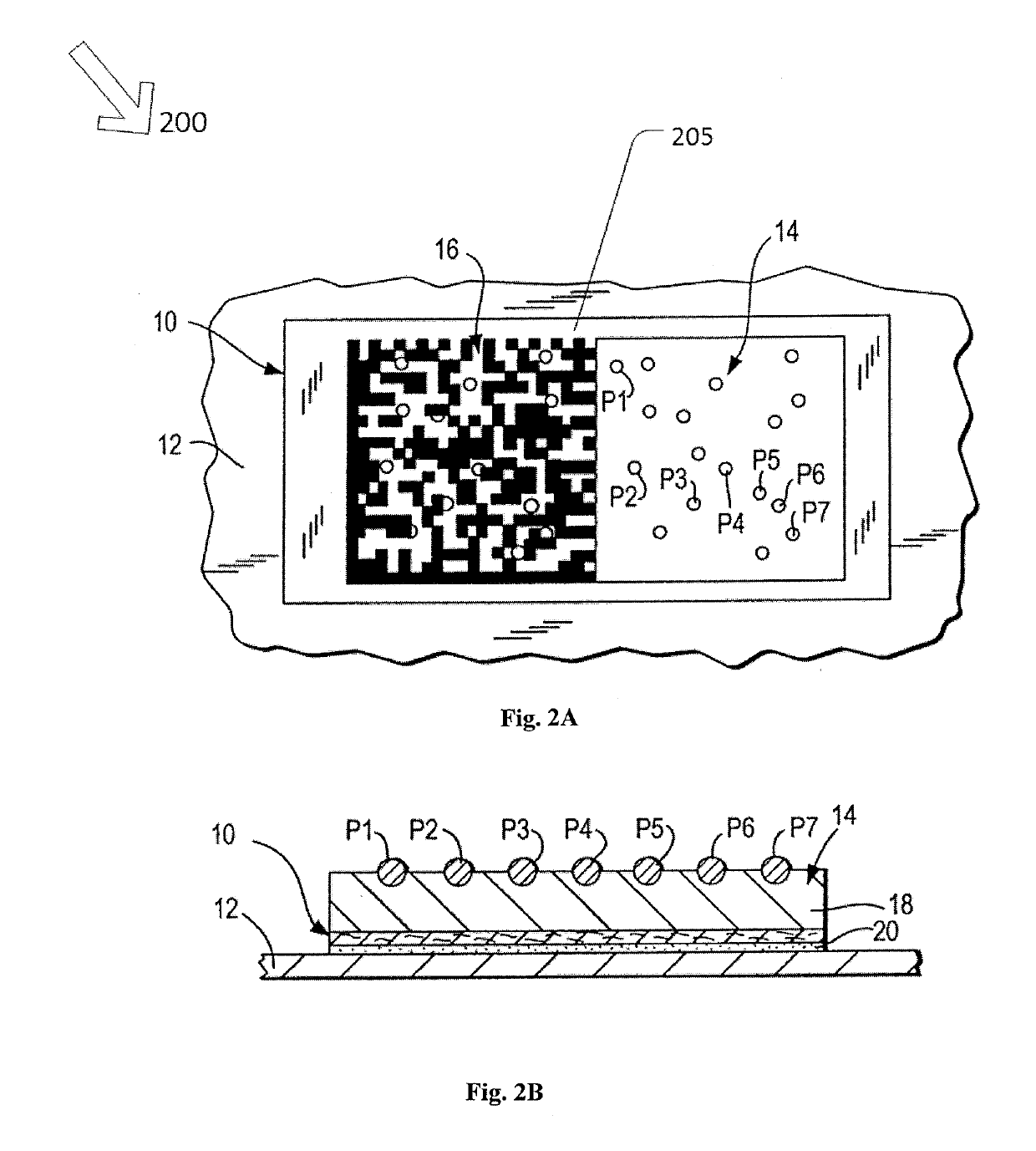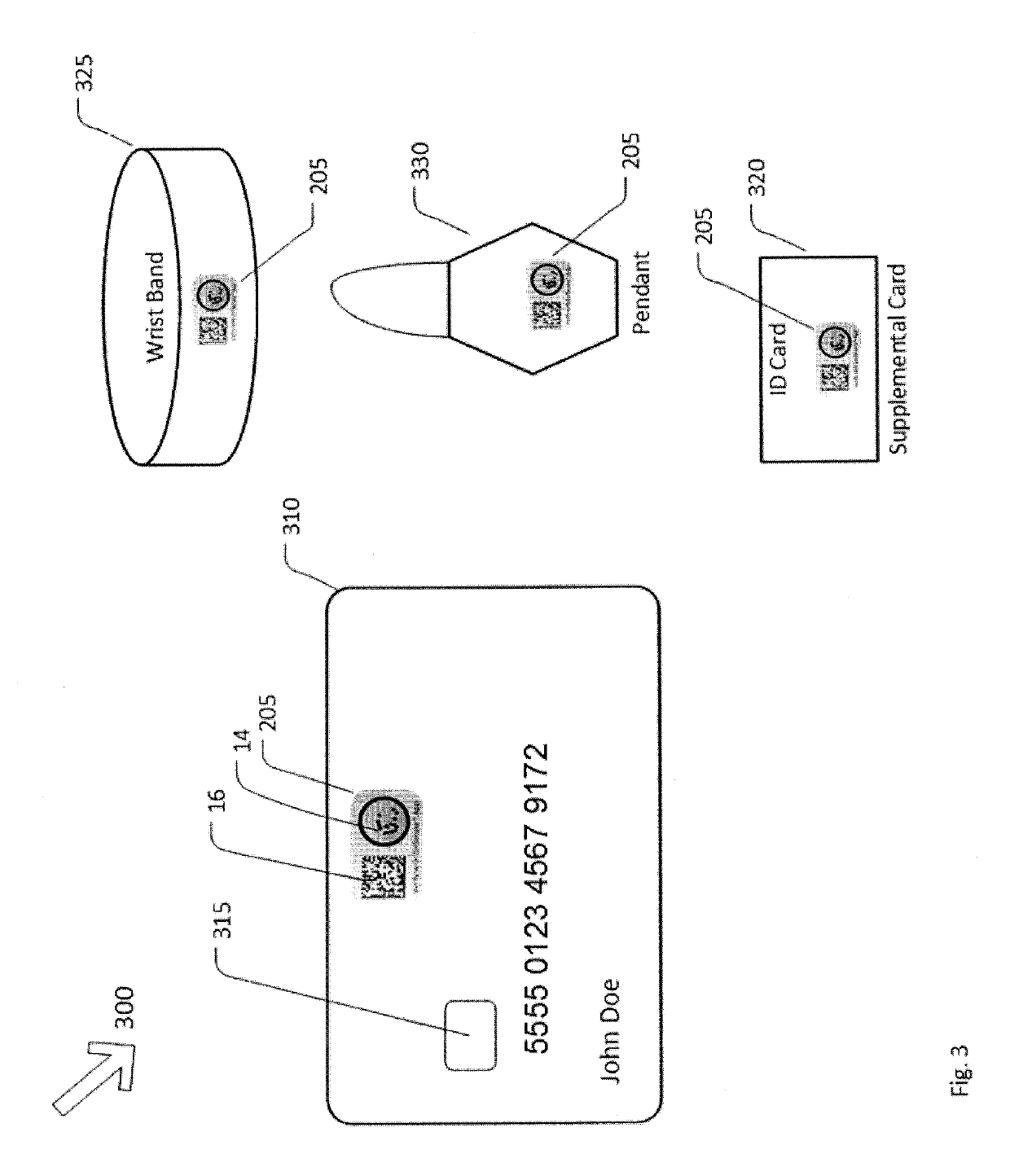This approach is incredibly vulnerable; if someone gets hold of the password, they can login pretending to be the user of that account.
Since it is difficult to remember all the passwords a person may have used on various websites, people normally use only one password for most of the sites or servers with which they connect.
If the security of any one of these sites is breached, the passwords may leak out, and a
hacker may access part of the digital information for that individual stored at various websites.
However, even receiving and entering such a code and answering all the additional security questions may not be enough to confirm user identity.
But a 2FA setup—which for most users requires a temporary code generated on, or sent to, a phone in addition to a password—is not necessarily bulletproof.
However, the phone number is not as secure as one would like to believe.
The security
community has identified weaknesses in SS7, i.e., the protocol that allows telecom networks to communicate with each other.
These attacks are not exactly easy to
pull off, and likely require the attacker to figure out the user'
s cell phone number in addition to the password that they have stolen, guessed, or reused after being compromised in a
data breach from another hacked service.
Most OTP systems are susceptible to real-time replay and social
engineering attacks and are also indirectly susceptible to man in the middle (MITM) and man in the browser (MITB) attacks.
There have been reports where a vendor stored the seeds for all its released tokens, and its servers were compromised.
Users cannot respond to Google Prompt on locked devices.
Because there is no secret shared in U2F and no confidential databases stored by the provider, a
hacker cannot simply steal the entire databases to
gain access.
Instead, the attacker needs to target individual users, and that is much more costly and time-consuming.
The
USB-only tokens are only useful for computers; this prevents their use on mobile devices.
However, U2F is not going to solve all cybersecurity problems, but it is certainly a step in the right direction.
For example, researchers recently uncovered some flaws in the
USB design specifications that may leave
firmware unprotected and potentially allow attackers to overwrite
firmware and take control of
USB devices.
This
firmware vulnerability could allow USB devices to be reprogrammed to steal the contents of anything written to the drives and spread malicious code to any computer to which these devices are connected.
Much like self-replicating computer viruses that once spread through the
insertion of floppy disks into disk drives in the past, USB
malware can potentially infect systems and easily replicate itself and spread to other devices.
These dangers are underscored by the fact that they are essentially undetectable.
Currently, there is no process in place to check or confirm authenticity when a device's firmware is flash upgraded.
Since these changes occur at the firmware level, antivirus or
malware tests cannot detect such malicious code.
Of course, some USB devices do not have reprogrammable firmware, so not every device may be vulnerable in this way.
However, users are ultimately at the mercy of manufacturers.
Even if the firmware is intact, USB is still highly vulnerable because an otherwise ‘clean’ and uninfected USB device can potentially become infected by being connected to a computer that has been compromised by
malware.
So, even if a USB device's firmware is intact, it can potentially be infected without the user's knowledge, and the user may unwittingly connect that device to additional systems which can subsequently be compromised.
The mere use and availability of USB connections and devices poses similar, disturbing
data security risks.
Infected USB devices can behave maliciously.
The mere act of connecting a USB device to a
machine can potentially lead to malware infection and a
data security breach.
Their employees thus cannot use USB authentication.
However, biometric authentication systems are not 100% accurate.
They cannot be reset once compromised and you cannot revoke the
fingerprint, eye scan, or voice print remotely.
It has also been found that master fingerprints can trick many phones and scanners.
Since there is no way to modify your iris,
retina, or
fingerprint, once somebody has a working copy of these, there is not much you can do to stay safe.
For the people involved, a part of their identity will always be compromised.
Thus, the leakage of fingerprints is irredeemable.
A couple of years ago, a security researcher discovered weaknesses in the
software that allowed Android devices to be compromised, allowing them to remotely extract a user's
fingerprint, use backdoors in the
software to hijack mobile payments, or even install malware.
However, Open ID alone does not guarantee security, because it still remains the
single point of failure.
However, because OAuth was not designed with this use case in mind, making this assumption can lead to major security flaws.
The OAuth communication protocol is not secure and the user can be improperly tricked such that an attacker can obtain his / her credentials.
However, both of these approaches are subject to security breaches.
In addition, there have been numerous cases of fraudulent transactions involving credit / debit cards, ATM cards or ID cards.
Using an EMV
Chip+PIN at the
physical Point Of Sale (POS) reduces card-present (CP) fraud significantly but does not address the fraudulent use of
payment data when there is no direct connection between the
chip reader and the card, such as when the data is entered into an e-commerce application.
Such fraud, termed card-not-present (CNP) fraud, remains an increasing problem.
However, as mentioned above, it does not address CNP transactions because the user normally does not have access to a
chip reader.
However, this requires the
consumer to outlay their own money, and makes completing online transactions more difficult.
However, this is reliant on manufacturers creating such devices and on users then
purchasing these devices.
However, these too suffer from the same problems that were described with 2FA in accessing websites or other digital assets.
None of the above approaches are satisfactory to prevent CNP
credit card fraud.
However, if the storage media is lost or stolen, or becomes infected with malware, the currency will be lost.
GOX, declaring bankruptcy because it lost nearly $473 million of their customer's bitcoins, likely due to theft.
Thus, storing cryptocurrencies on a computer or local devices known as hot storage is fraught with dangers.
Also, any device connected to
the internet is subject to being hacked and thus not secure.
Otherwise, hacking the hot storage private key will also compromise the
cold storage private key.
If the
single point of failure is compromised, then it becomes a problem.
While there are ways to avoid single points of failure by splitting the key secrets and storing them at different places, it does create inconvenience and extra overhead.
 Login to View More
Login to View More  Login to View More
Login to View More 


